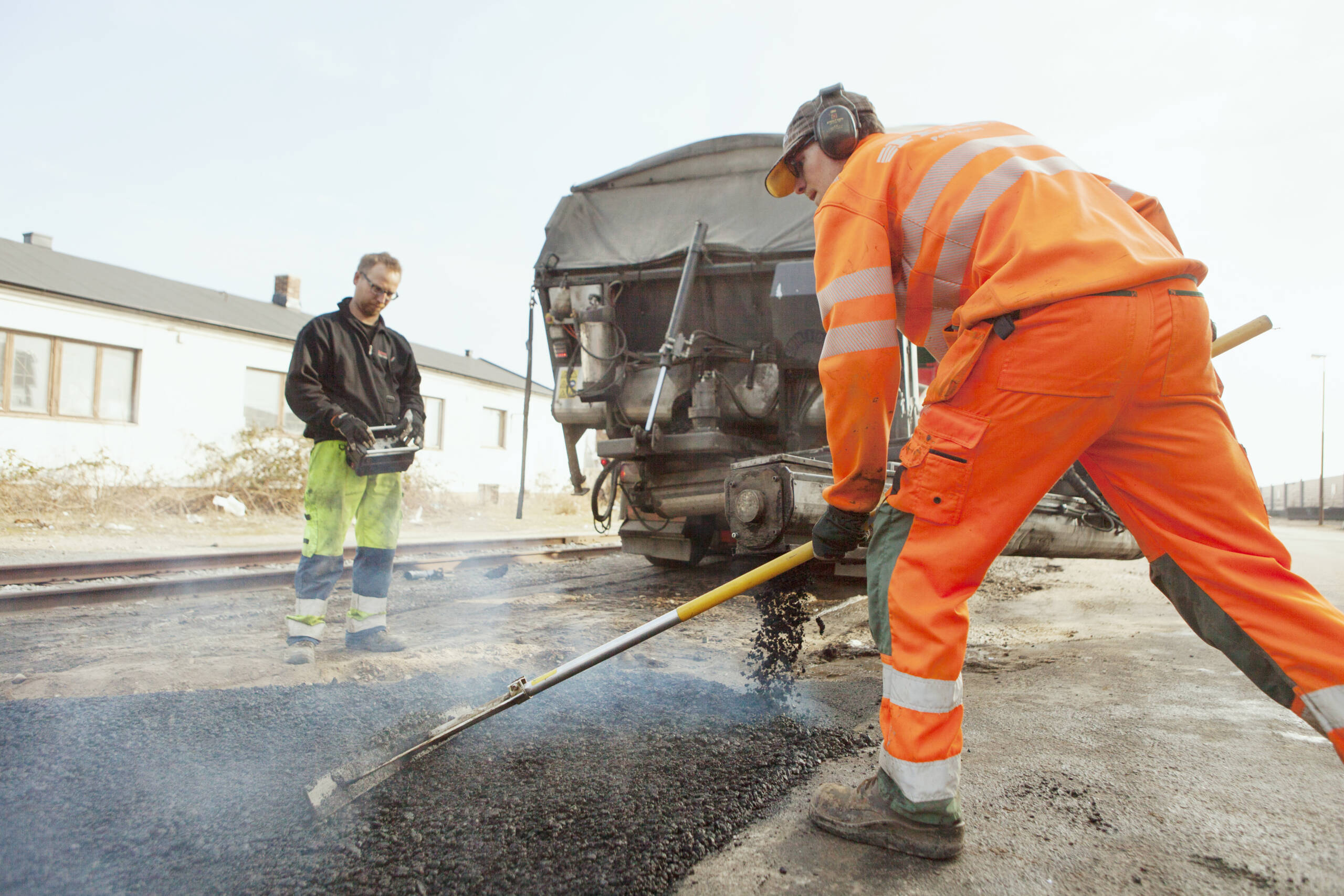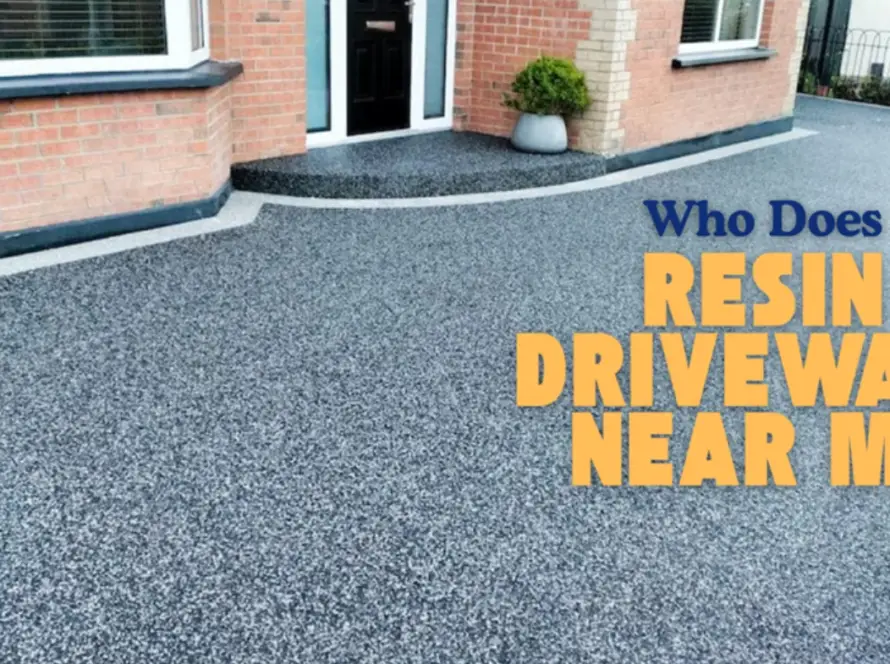When it comes to road surfacing and driveway projects, one of the most common questions we get asked is: What’s the difference between cold lay vs. hot lay tarmac? While both are widely used in the UK, each has specific strengths and applications depending on the project size, location, and timeline.
Whether you’re a homeowner planning a new tarmac driveway in Hertfordshire or a facilities manager seeking car park tarmac services in Hertfordshire, understanding the distinctions can help you make an informed decision.
What is Cold Lay Tarmac?
Cold lay tarmac (or cold mix asphalt) is a pre-mixed material that’s ready to use straight from the bag or container. It doesn’t require heating before application, making it ideal for quick fixes and smaller projects.
✅ Key Features:
- Ready-to-use with no heating required
- Best suited for emergency pothole repairs or patching
- Sold in bags for convenience
- Short-term solution
- Easily applied by hand
Because it’s so convenient, many property owners choose cold lay for tarmac pathway repairs in Hertfordshire or small driveway touch-ups. However, it’s not designed for large-scale projects or long-term durability.

What is Hot Lay Tarmac?
Hot lay tarmac (also called hot mix asphalt) is the traditional method of laying roads and driveways. It must be heated to a high temperature before being applied and is typically installed using specialist machinery.
🔥 Key Features:
- Installed while hot (typically 140–160°C)
- Requires professional equipment and operators
- Long-lasting and durable
- Ideal for roads, commercial car parks, and driveways
- Cools and sets quickly under pressure
Most commercial tarmac contractors in Hertfordshire prefer hot lay for large-scale tarmac installations, as it offers superior strength and a smoother finish. It’s also ideal for clients seeking high-performance tarmac surfacing in Hertfordshire that will endure heavy traffic.
Cold Lay vs. Hot Lay Tarmac: The Main Differences
| Feature | Cold Lay Tarmac | Hot Lay Tarmac |
|---|---|---|
| Installation | Manual, no heating | Requires heat & machinery |
| Best For | Patching, temporary repairs | Roads, driveways, car parks |
| Durability | Short-term | Long-lasting |
| Finish | Coarse texture | Smooth finish |
| Cost | Lower upfront cost | More cost-effective long-term |
| Curing Time | Slower | Rapid cooling & setting |
Which Option is Right for You?
Choosing between cold lay and hot lay depends on your project goals:
🏡 Domestic Driveways
For a new tarmac driveway in Hertfordshire, hot lay is the superior choice. It offers better load-bearing performance, weather resistance, and longevity.
🛠️ Emergency Repairs
Need a fast pothole fix? Cold lay works well for temporary patches—especially during poor weather when machinery can’t be used.
🏢 Commercial Surfacing
If you’re managing a retail park or industrial site, hot lay tarmac is the gold standard for car park tarmac services in Hertfordshire. It handles heavy use and lasts for years with minimal maintenance.
Why Professional Installation Matters
While cold lay can be DIY-friendly, hot lay tarmac requires expertise. Poor installation leads to uneven surfaces, water damage, and faster degradation. That’s why hiring trusted commercial tarmac contractors in Hertfordshire ensures your investment pays off.
At Total Surfacing Solutions, we specialise in high-quality tarmac installation in Hertfordshire, from private driveways to full-scale commercial car parks.
✅ View our Tarmac Installation Portfolio
✅ See recent Commercial Surfacing Projects
Final Thoughts
When weighing cold lay vs. hot lay tarmac, consider the scale, budget, and longevity you need. Cold lay is perfect for quick repairs, but hot lay tarmac remains the trusted choice for durable, attractive, and long-term surfacing across the UK.
Whether you need a new tarmac pathway in Hertfordshire, a resurfaced car park, or reliable surfacing for your business, professional help makes all the difference. Ready to upgrade your surface?



